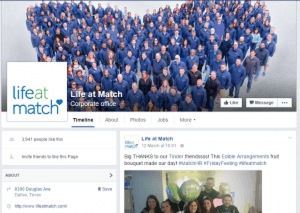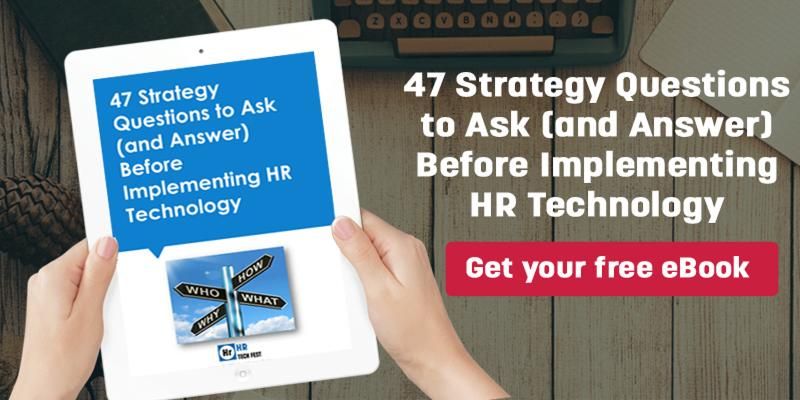Why You Shouldn't Silo Your HR Social Media Channels
)
I've noticed from working in the HR space for a while that we love putting things in silos: We love having conferences about recruitment, different conferences about internal communication, and other conferences about people analytics (as an aside this is why conferences like HR Tech Fest are a refreshing change to this siloed approach).
The temptation is to treat social media in the same way. We create one social media account for employee engagement and a different one for recruitment, and we treat them as completely different things with separate strategies. But when you think about it, it's all the same thing. Social media is about people- engaging, connecting with and talking to people. It doesn't matter if you're doing this to recruit a new hire or to engage your current employees, they are all people and their all on social media.
Here are two examples of companies that are going for an integrated social strategy rather than a siloed approach. But interestingly, this integrated approach was not always intentional- they found that their social media actually crossed silos and most importantly, they adapted accordingly.
Match.comMatch.com is an online dating site with offices around the globe. They made a significant investment to build a social recruiting strategy and invested in all the major social channels.

Their messaging was targeted at recruiting but they found that being a global organization, their social media accounts were actually being used by their staff for internal communication more than they were being used to recruit people into the organization. It was a really interesting by-product of their social media strategy. Now, if you viewed that in a siloed way, it would be considered a massive failure because their channels were not being utilized primarily for recruiting. However, if you're just viewing it as people using social media, then it's working. In fact it's working really, really well.
Chilli'sChilli's is an American restaurant chain. Their social media strategy was an Instagram-led campaign that focused on employee stories: their goal was to get employees talking to each other and communicating.
In a kind of opposite way to the match.com case study above, Chilli's found that these employee stories were creating a huge recruitment push, but in an organic way. This is the kind of content that appears on Chilli's Instragram feed- these are some of their staff trainers, having delivered a hard core staff training session.

You can see their current employees are actually chatting on this Instagram post. There's no doubt that this is brilliant for recruitment. And the fact that people are prepared to talk about their workplace in a public forum tells you so much about the organization and its culture.
If you want to hear more about Chilli's approach to social media, listen to this podcast with Chris Ebbeler, Director of Workplace Community for Chili's.
What Most of Us Do With Social RecruitingThis is what most social media recruitment looks like. This is not a dig at this particular company- this is just one example of hundreds out there.

Now this company might argue that this is an automated feed and it has been taken out of context- “we have a brilliant recruitment site and use mainly head hunters so it doesn't really matterâ€'. But my point is, I know nothing about them as an organization or what it's like to work there. So which would you rather work at? And what's going to be more engaging for your target audience?
About the Author

Matt Alder helps organisations map their way through the digital revolution and the changing world of work through his company Metashift. He is also a long established blogger, accomplished public speaker, podcaster and regular commentator on the emerging worlds of Social Recruiting and Mobile Recruiting.
Matt was a popular presenter at HR Tech Fest 2015.
Â
.png)

